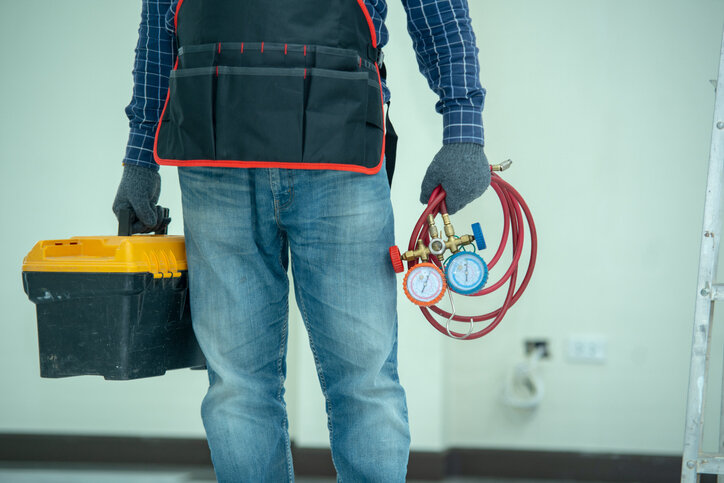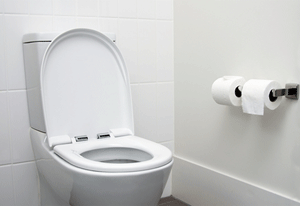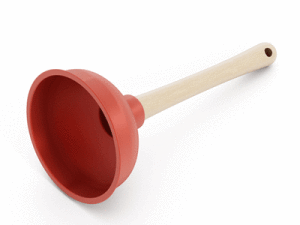Like any other drain in your home, sometimes the drain line in your HVAC system gets clogged. Dirt and other contaminants build up on the inside, making it more difficult for water to drain. When this happens, it can affect your system's efficiency. In order to combat this, the drain needs to be cleaned.
However, your HVAC drain isn't the same as the one in your sink or toilet. Therefore, you shouldn't use conventional drain cleaners on it, as they may cause damage. Instead, here are some safe drain cleaners that you can use on your HVAC system to get rid of blockages.
Safe Drain Cleaners
There are a number of different commercial drain cleaners on the market that are specifically designed for your HVAC system. Some come in liquid form, while others come in tablets. Check your local hardware store or shop online, and be sure to always get one that's formulated specifically for HVAC drains.
However, there are also some cheaper options that are safe and just as effective. The most common is vinegar. A little bit of distilled vinegar will dissolve the buildup and help your drain run smoothly again. If you don't care for the smell of vinegar, you can also use peroxide, dish soap, or even hot water to fix HVAC clogs. However, distilled vinegar is the most effective.
Unclogging Your HVAC Drain with Safe Drain Cleaner
Before attempting to unclog your drain, first turn the HVAC system off. Next, look for an access point on the drain. It's often a T-shaped pipe, and it may have a cap covering it. Remove the cap and check for a clog.
If the drain is clogged, pour your safe drain cleaner into the pipe, wait 30 minutes, and flush the drain with water to remove the blockage. Then replace the cap and turn the system back on. If your drain is still clogged, call your HVAC technician to fix it. They may also perform HVAC drain cleaning as part of your annual maintenance.
For help cleaning your HVAC drain, contact us at Air Assurance. We keep Broken Arrow's home-comfort systems in top condition.





